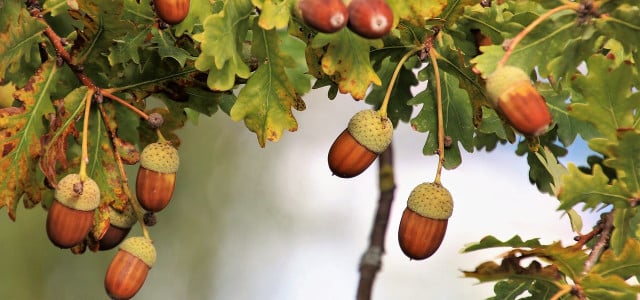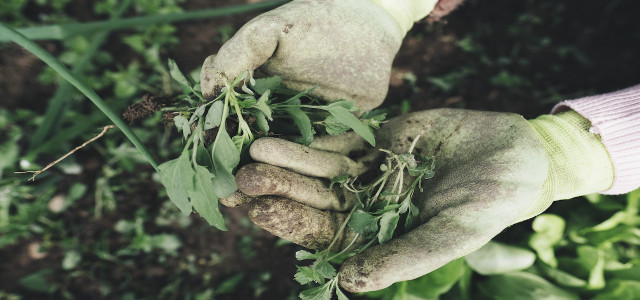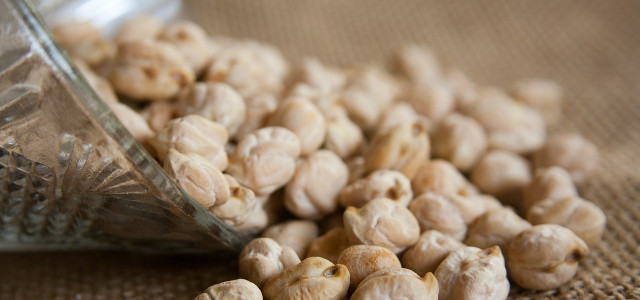Acorns litter your backyard every autumn, but did you know they aren’t just for squirrels? Read on for some free and easy acorn recipes to try out this winter.
Acorns are iconic nuts you find carpeting parks, forest floors, and backyards during the autumn and winter months. Abundant, nutritious, easy to harvest and with a long shelf life, acorns are an excellent wild food to forage during the colder seasons when other plants have gone dormant.
In fact, acorns are used in cooking worldwide and are even the staple food of some Indigenous groups. That’s because, unlike other nuts, acorns are high in carbs, starches, and fiber while low in protein and fat. So, acorns can function like nuts, grains, or even vegetables in a variety of acorn recipes. Oak trees also play an important role in native gardening for wildlife, providing a free food source to humans and animals.
Acorn Recipes: Preparing Acorns
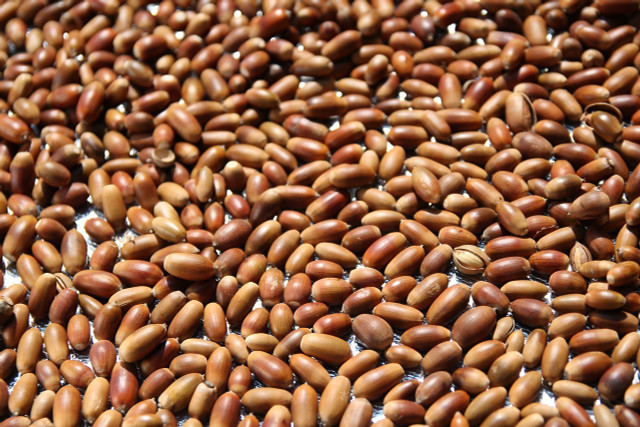


Despite their abundance, acorn recipes are not mainstream — likely due to the time and effort needed to prepare them. Acorns are incredibly high in tannins, the same compound that gives red wine and black tea their bitterness. In fact, the tannin content is so high that it renders raw acorns inedible. Once leached of tannins, however, acorns have a nutty, earthy, and even sweet flavor. Here is what you need to know to prepare them.
Instructions:
- Harvest ripe acorns that have fallen to the ground, preferably in areas free of pesticides and far from busy roads. Avoid acorns that are cracked, discolored, have holes or rattle when you shake them. The bigger the acorn, the better!
- Wash and dry the acorns, then set them in the sun to fully dry. It makes them easier to crack later on.
- Crack the acorns open. Do this with a nutcracker or place them under a towel and hit them with a mallet or hammer. Discard any nuts whose insides are discolored, spoiled, or have insect damage.
- Leach the tannins out with either hot or cold water. With hot water, boil them for 15 minutes or until the water becomes dark brown with leached tannins, then drain. Repeat this process with more water until the water runs clear — between two and ten times. The boiling method is fast but leaches some beneficial nutrients and oils. For the cold water method, soak them for 6-12 hours until the water turns brown. Drain and repeat with fresh water until the water runs clear. This usually takes a few days.
- Allow acorns to fully dry in either sunshine, a dehydrator, or an oven on low heat.
Hot tip: To increase surface area and speed up leaching, grind the acorns first. Then, soak them in hot or cold water and strain them using a cheesecloth when the water runs clear.
Acorn Flour
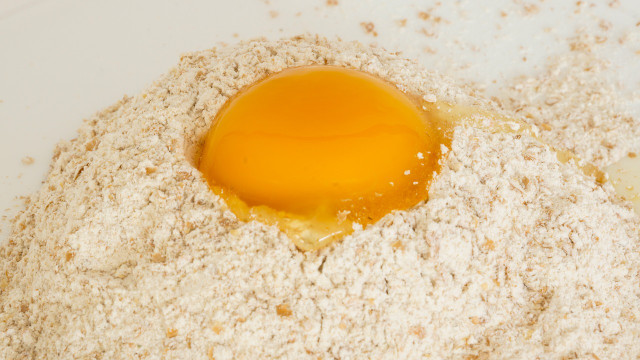


Nearly any baked good can be made by simply grinding acorns into low-carb flour. Grind leached acorns into a fine powder using a blender, coffee grinder, or mortar and pestle. Though nutritious, baking with pure acorn flour will give you a dense brick if unmixed with other flour. So, replace 20-50 percent of white flour with acorn flour in baked recipes to add nutrition without sacrificing texture. Consider using acorn flour for simple recipes to preserve its nutty flavor. Here are some acorn recipe ideas:
- Gluten-Free, Yeast-Free Bread: add half a cup of acorn flour
- Dutch Oven Sourdough Bread: substitute in 1-2 cups acorn flour
- Easy & Delicious Vegan Pumpkin Cake With Frosting: substitute in 1/2 cup of acorn flour
- Vegan Christmas Cookies: substitute 1/2 of flour with acorn flour in either recipe
- Acorn flour pasta: substitute 1/2 of regular flour with acorn flour
Acorn Grits



Rather than pulverizing acorns into flour, you can finely chop them to make grits. These can be substituted into any recipe that uses chopped nuts like walnuts, pecans, almonds, or hazelnuts. Since acorns have more carbs than other nuts, you can also use them to make an acorn recipe base of oatmeal, overnight oats, muesli, grits, stews, or curries. For classic grits, simply add one part chopped acorns to three parts water and heat the mixture until it thickens.
Acorn Recipes: Oven Roasted Acorns, Coffee, and Acorn Butter
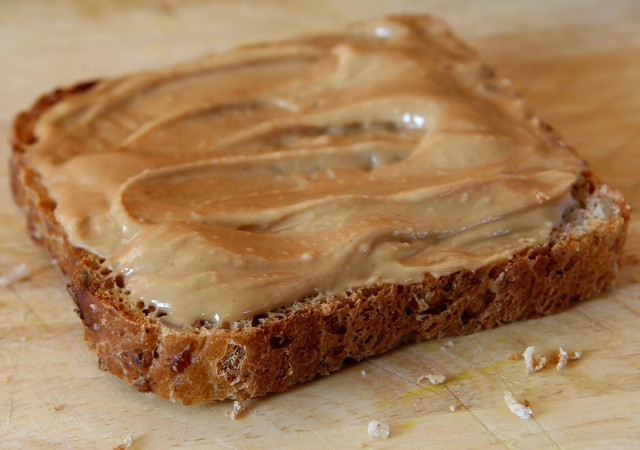


Oven roasted: Oven-roasted acorn recipes emphasize their nutty flavor and add a satisfying crunch. Drizzle leached acorns with oil and roast at 350 degrees for 20 minutes. Sprinkle with salt to munch on immediately, or add to other acorn recipes like brownies, cakes, breads, pancakes, or even hearty stews. Acorn flour can also be roasted to make either coffee or nut butter, as below.
Acorn coffee: Though not caffeinated or even coffee flavored, this acorn drink has a deep nutty flavor perfect for cold nights. Place acorn flour flat on a baking sheet and roast at 350 degrees for 30 minutes or until deep brown. Mix two to three teaspoons of the roasted ground acorn to boiling water and enjoy.
Acorn Butter: Though similar in taste to other nut butters, acorns are naturally higher in carbs and fiber and lower in oils. To make this nut butter recipe, roast ground acorn flour at 350 degrees for 10-15 minutes. Add the roasted acorn flour to a food processor and add a neutral oil (vegetable, almond, peanut, coconut) until your acorn recipe reaches the desired consistency.
Read more:
- How to Eat Dandelion: Easy & Delicious Ideas
- Do Nuts Go Bad? Tips and Tricks for Proper Storage
- Aronia Berry Benefits, Side Effects & Usage
Do you like this post?






